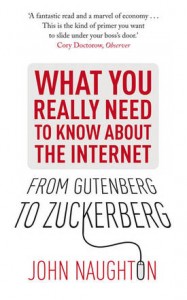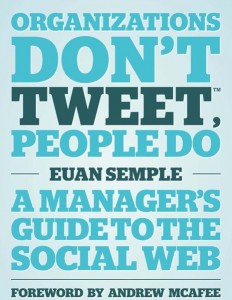I’ve been an interested follower of the debate around town centres since the Portas review of last year, not least because I live close by to a small town, and indeed it’s one where a debate is raging about the future and sustainability of the town centre as a place for people to visit, and to buy stuff.
The town in question is Spalding, and right now there is quite a heated debate going on in the local press about two development ideas – one for a regeneration of an in-town-but-exactly-the-town-centre retail area, and the other proposing a big supermarket and retail park on the outskirts of town, but which might generate some section 106 money etc to help with other work.
As you can see from this article on the local newspaper’s website, the topic is one that has inflamed local public opinion and it’s interesting to see people coming together to use an online platform to debate the issues.
I can’t help but feel that the debate here is missing the point. I very much enjoy reading Julian Dobson’s blog, and his group’s submission to the Portas review, The 21st Century Agora (PDF warning) makes some very interesting points that really chime with me.
It reads:
High streets and town centres that are fit for the 21st century need to be multifunctional social centres, not simply competitors for stretched consumers. They must offer irresistible opportunities and experiences that do not exist elsewhere, are rooted in the interests and needs of local people, and will meet the demands of a rapidly changing world.
In other words, the town centre shouldn’t be based just on buying stuff. We need other reasons for people to visit the town.
What sort of things? Julian’s presentation below highlights some of them (apologies if your firewall means you can’t see them):
Town centres ought to be places where people meet, work, consume culture, share ideas, get things done – not just shop!
Whither the internet in all this? It’s a view that the web, and the sheer efficiency of shopping online is one of the things that’s drawing the commercial elements away from the town centre.
The Portas review did mention the use of the web to create an ongoing sense of community and conversation about a town centre. This has been picked up by Sarah Hartley from Talk About Local (she does wear other hats) in a number of posts, including a dead handy list of ways that online communities could help reverse the decline in high streets.
If you’re interested in this stuff, Julian and co have started up an online community, using the Ning platform, and are organising an open space event to discuss the issues. Am hoping to be involved as much as I can.
Picture credit: ambernectar on Flickr


 WordPress, the open source content management system that I use here on this blog, is growing in its utilisation across government. It took root a bit quicker in central government, with the
WordPress, the open source content management system that I use here on this blog, is growing in its utilisation across government. It took root a bit quicker in central government, with the 


